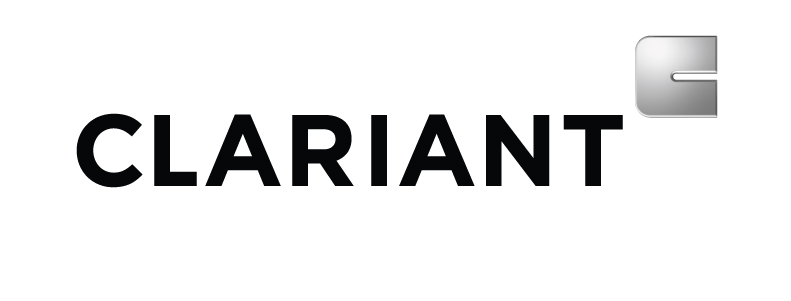Generally speaking, people like to be clean and to get clean, water is not enough. It has been said that the care given to personal hygiene is a measure of civilisation, and the ancient Greeks and Romans took it very seriously. Pliny (AD23-79) wrote that soap making was invented by the Gauls, who used animal fat and alkali from wood ash or lime. Goat fat and the ashes of beech wood gave the best results, and the remains of a soap factory were found in the ruins of Pompeii.
In the late 13th or early 14th Century soap making was established in Marseilles, where the industry thrived because of its proximity to the sources of wood ash from the forests of that region, along with olive oil, lime and barilla, which are coastal plants and seaweeds. Their ash yields sodium carbonate, which is used to harden soap. Later, in the 18th Century, Nicholas Leblanc patented a method of obtaining sodium carbonate from sodium chloride. This process was rendered obsolete in the 1860s by the Solvay process that synthesised sodium carbonate from sodium chloride and calcium carbonate – a process that is still in use today.






